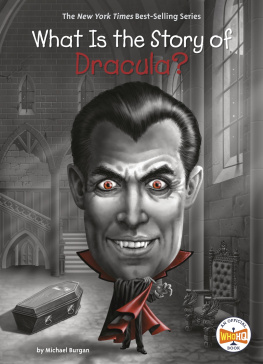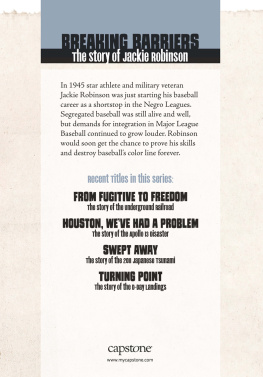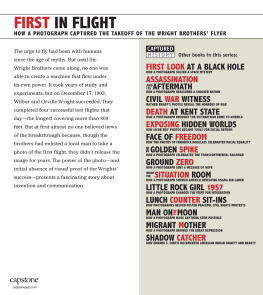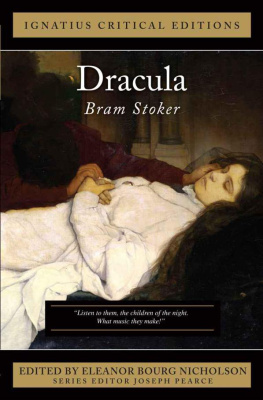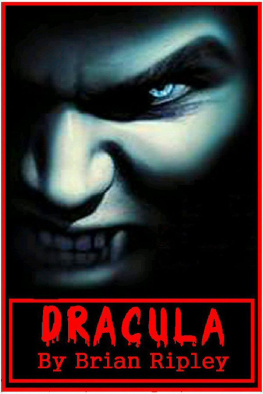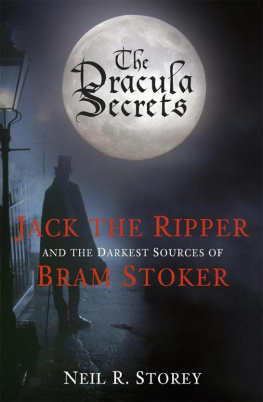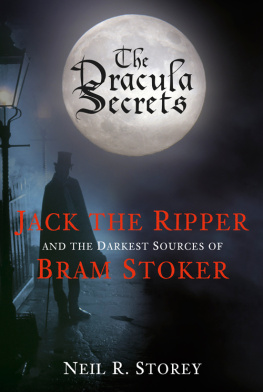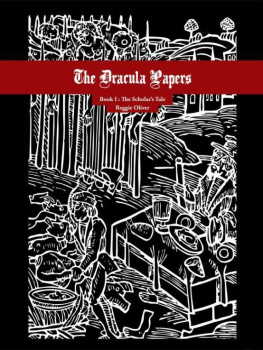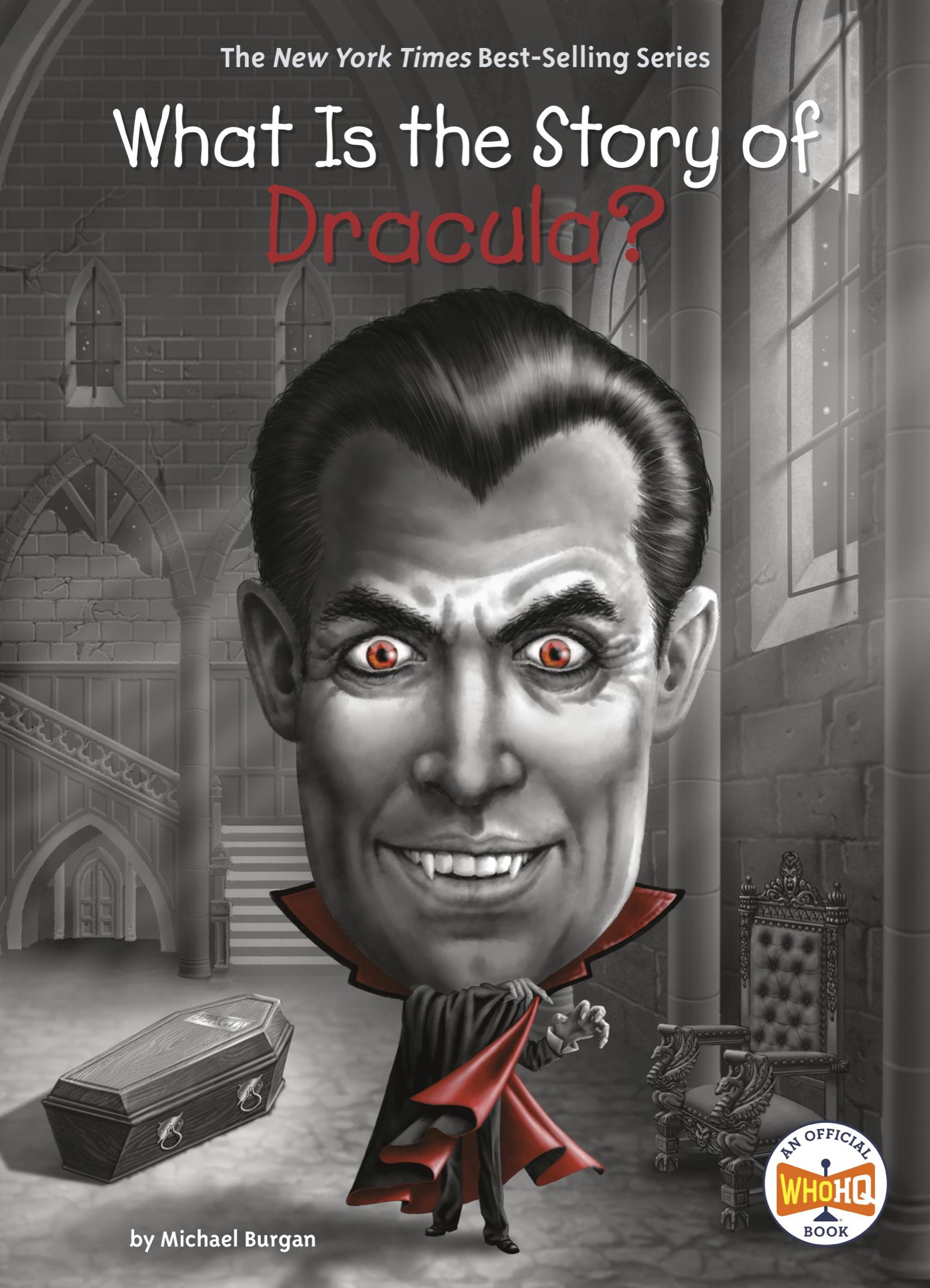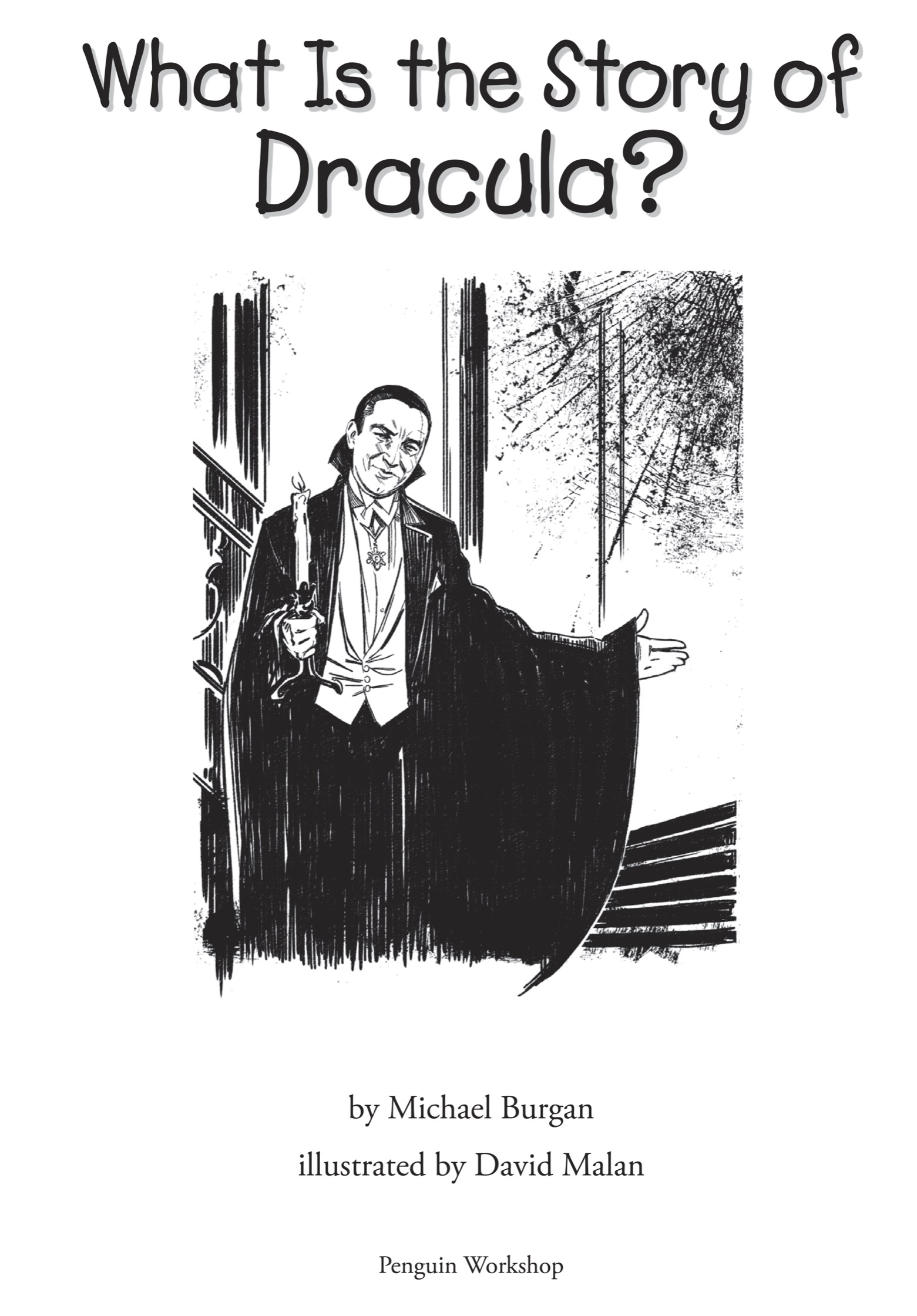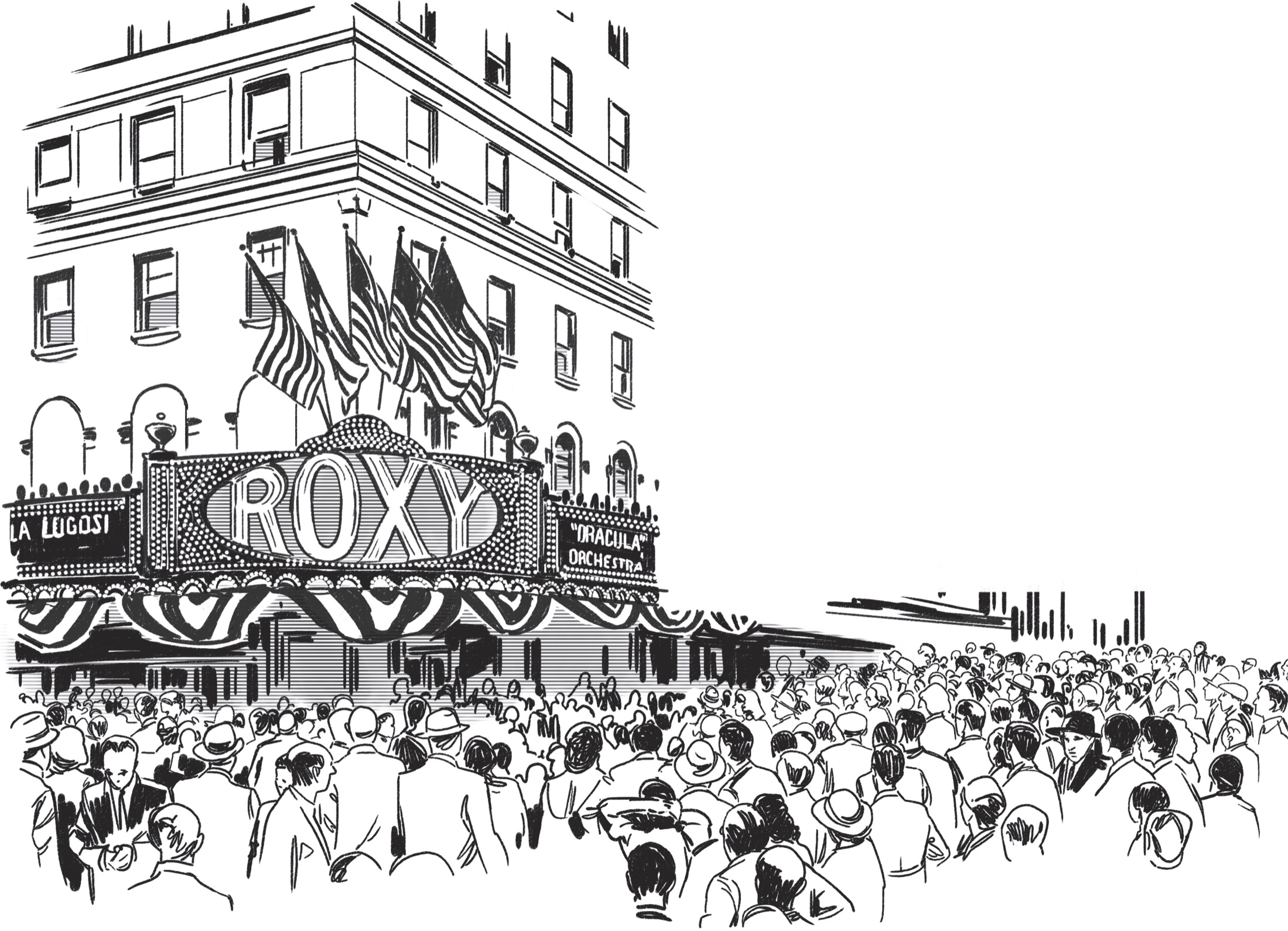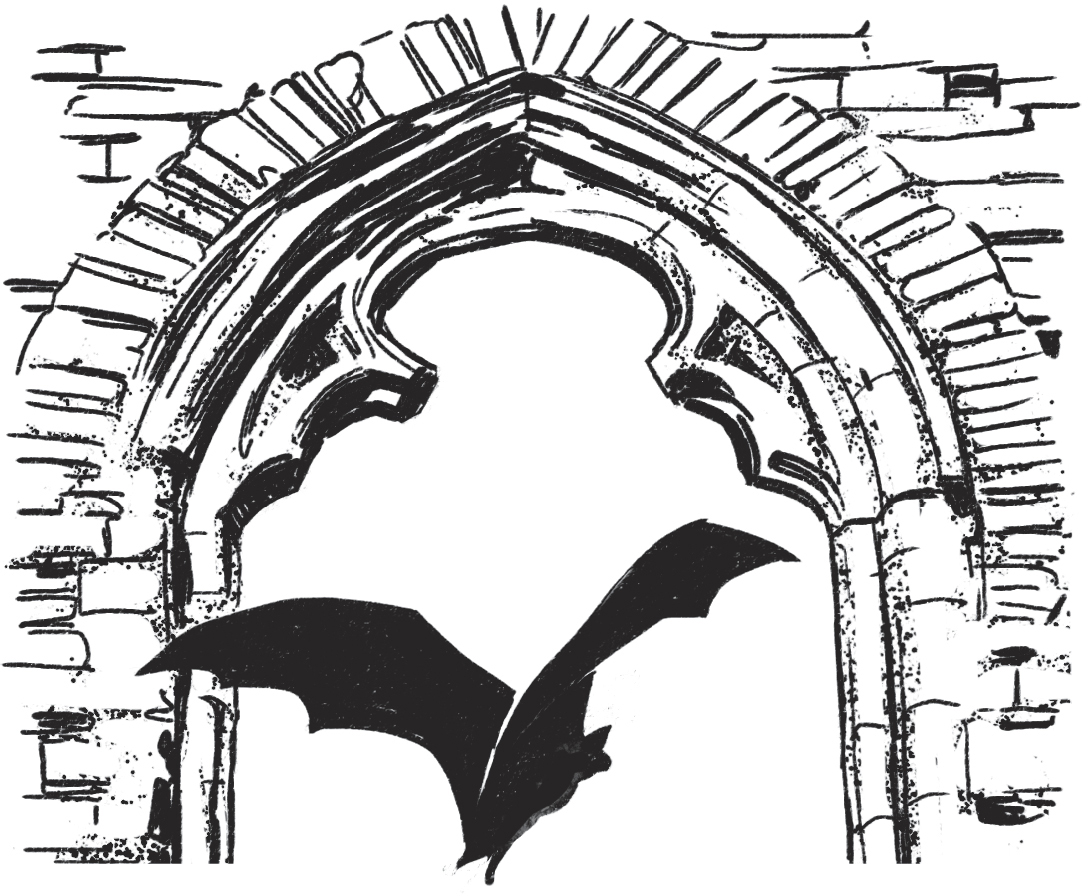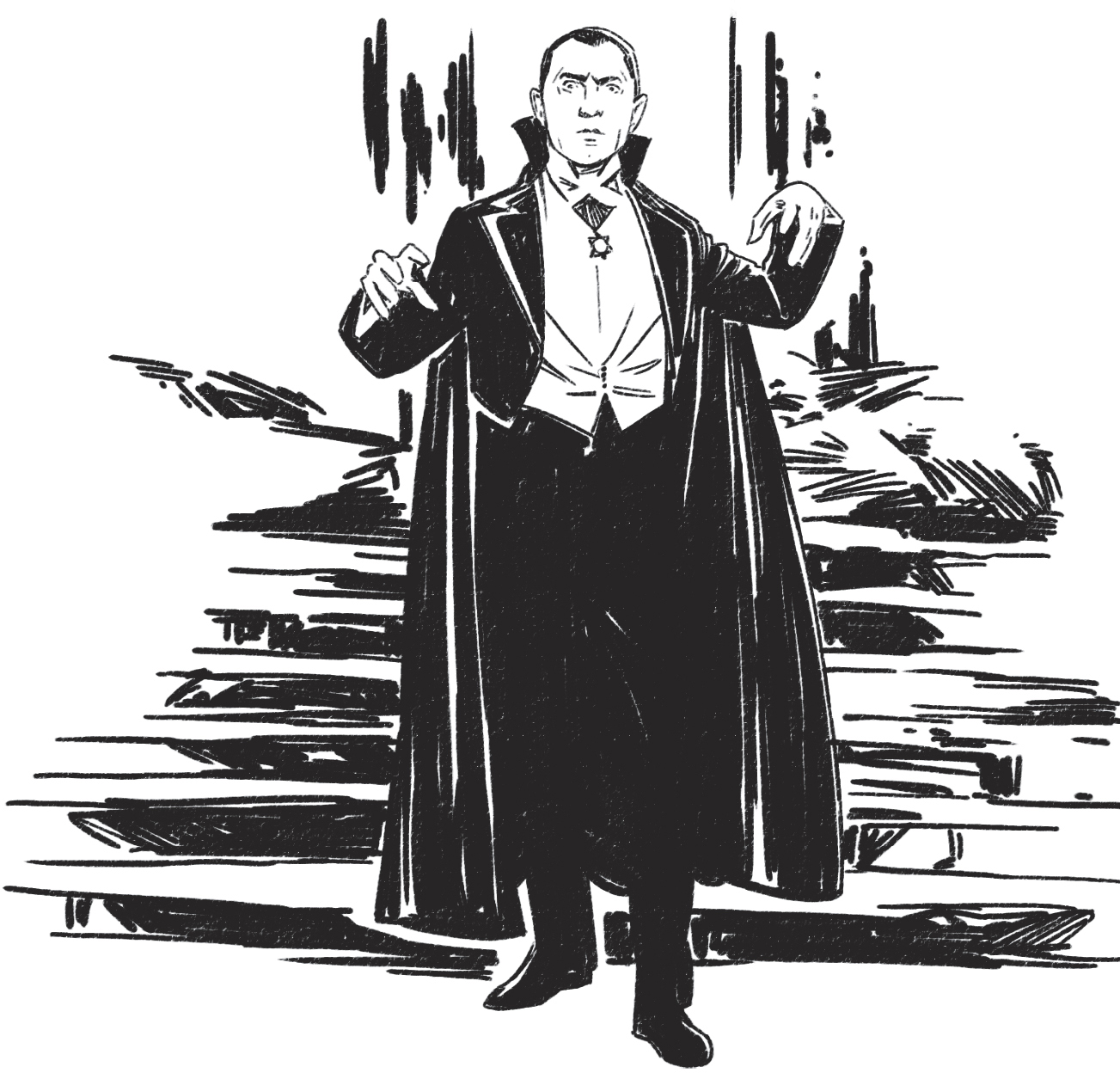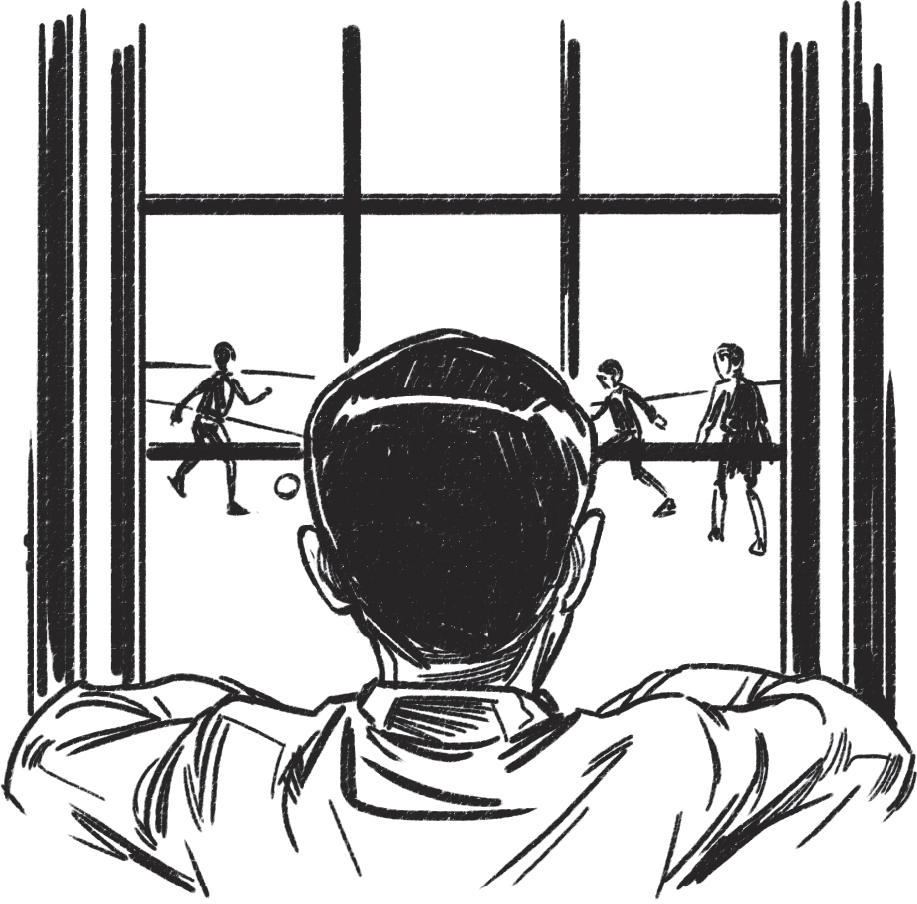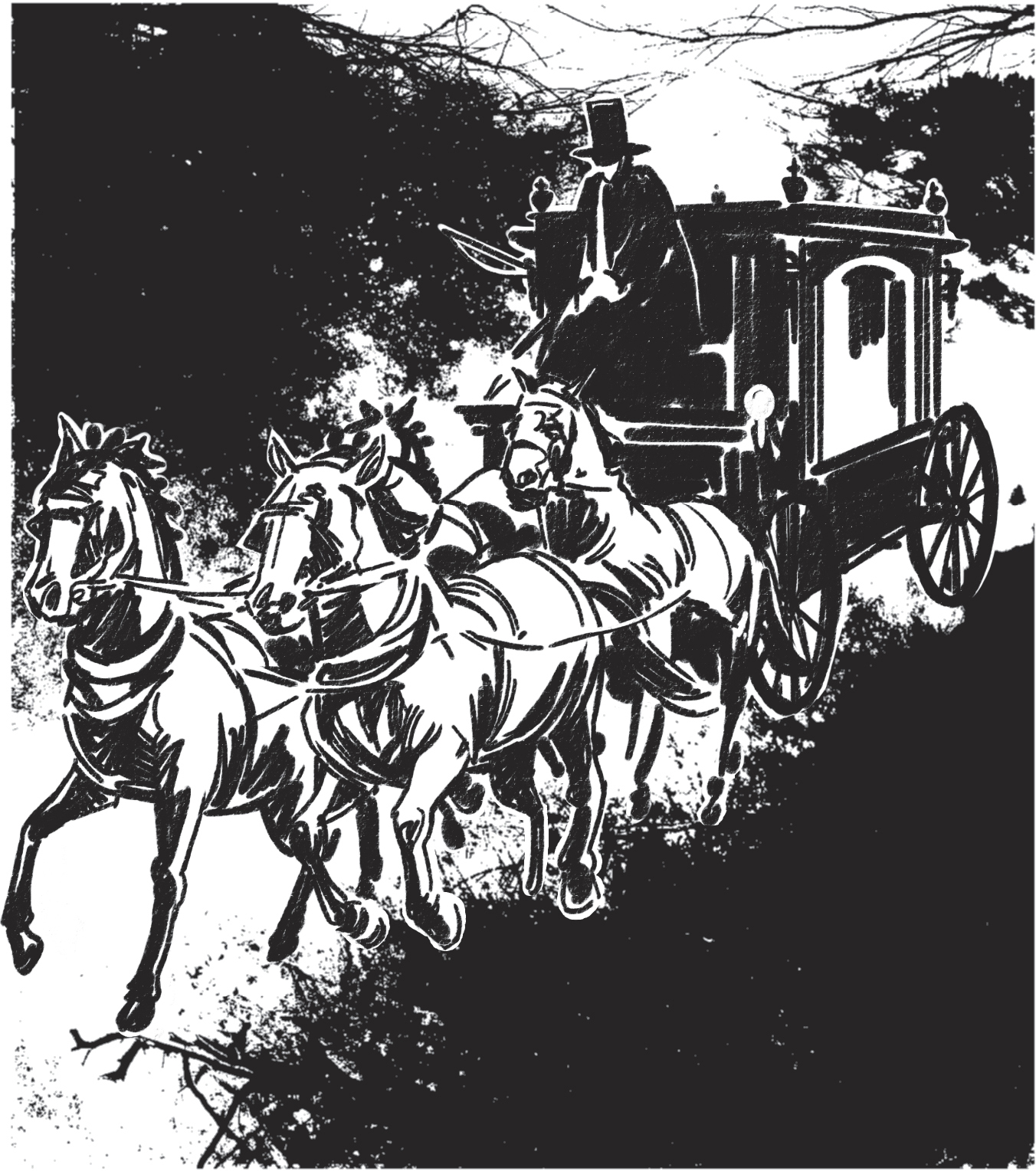PENGUIN WORKSHOP
An Imprint of Penguin Random House LLC, New York

If you purchased this book without a cover, you should be aware that this book is stolen property. It was reported as unsold and destroyed to the publisher, and neither the author nor the publisher has received any payment for this stripped book.
Penguin supports copyright. Copyright fuels creativity, encourages diverse voices, promotes free speech, and creates a vibrant culture. Thank you for buying an authorized edition of this book and for complying with copyright laws by not reproducing, scanning, or distributing any part of it in any form without permission. You are supporting writers and allowing Penguin to continue to publish books for every reader.
The publisher does not have any control over and does not assume any responsibility for author or third-party websites or their content.
Universal City Studios LLC. All Rights Reserved.
Published in 2020 by Penguin Workshop, an imprint of Penguin Random House LLC, New York. PENGUIN and PENGUIN WORKSHOP are trademarks of Penguin Books Ltd. WHO HQ & Design is a registered trademark of Penguin Random House LLC.
Visit us online at www.penguinrandomhouse.com.
Library of Congress Control Number: 2019054706
ISBN 9781524788452 (paperback)
ISBN 9781524788469 (library binding)
ISBN 9781524788476 (ebook)
pid_prh_5.5.0_c0_r0
Contents
What Is the Story of Dracula?
Moviegoers crowded New York Citys Roxy Theatre on February 12, 1931. The entertainment that day included a musical play and film clips of recent news. But the audience in the Roxy was eager to see the feature filma story many of them already knew. It was the tale of Count Dracula, who left his homeland of Transylvania and sailed to England. Why did he take this journey? He wanted bloodhuman blood! Dracula was a vampire.
The actor Bela Lugosi played the count in the film. Though he was hundreds of years old, Dracula never seemed to age. And on-screen, Lugosis hair was dark and slicked back. He wore a tuxedo and a cape, and as a guest entered his castle, he said with an accent, I am Dracula. I bid you welcome. Wolves howled in the distance as Draculas ghoulish story began.
In the 1931 film Dracula, audiences heard the vampire speak on-screen for the first time. They saw him turn into a bat in his search of victims. And they watched the vampire slayer Professor Van Helsing drive a wooden stake into him.
By the time the film version of Dracula was released, the story of this ageless vampire was already known around the world. Vampire tales had been told for centuries, scaring children and adults alike. Imagine humans who are dead but dont stay that way. Instead, some mysterious, evil force lets them live forever, as long as they drink blood. And as long as they can avoid the living people who want to kill them once and for all.
Those tales of vampires influenced an Irish writer named Bram Stoker. He created what would become the most famous idea of a vampire everDracula. Stokers book about the Transylvanian count was published in 1897 and was soon translated into other languages.
Van Helsings stake killed Dracula. But only in the movie. For fans of his story, Dracula will never die. People like scary books and films too much. And they seem to love vampires! Since the 1931 movie, Stokers story has been retold many times and inspired new vampire tales. But Dracula is the vampire most people know best. Today, hes still one of fictions most fascinating, and terrifying, characters.
CHAPTER 1
Early Years of a Horror Writer
While other children in Artane, Ireland, ran and played outside, Abraham Stoker could only watch. Until the age of seven, the boy could not walk. He never left his bed. Doctors found no medical reason for his mysterious condition.
Bram, as he was later known, was born on November 8, 1847, in Clontarf, not far from Irelands capital of Dublin. He lived in nearby Artane with his parents, Abraham Stoker Sr. and Charlotte, and his four brothers and two sisters. Mr. Stoker worked for the Irish government, while Brams mother raised the children. She was a strong influence on young Bram.
Though Bram could not walk during his early years, he read the books his mother brought him. And he listened to her tell Irish folktales filled with fairies and other magical characters. But not all her stories were make-believe. And some of them were truly horrible.
The Wail of the Banshee and the Death Coach
One of the most famous characters in Irish folktales is the banshee. She is a female spirit who is said to let out a loud cry just before someone dies. Some people say that her cry also calls out a spirit known as the Dullahan. He is the headless driver of a coach, or wagon, pulled by black horses. In the back of his coach is a coffin. When the Dullahan and his Death Coach stop in front of a house, it means someone inside is about to die, and he will take that person away.
Some stories say that if people open the door of their house to the coach driver, he will throw a bucket of blood in their face! Today, people in Ireland know the banshee and the Dullahan are not real. But when Bram Stokers mother was a child, many people did believe the tales. Mrs. Stoker said that she had heard the wail of the banshee before her own mothers death.
When Mrs. Stoker was a teenager in Sligo, Ireland, a deadly disease called cholera spread throughout the region. More than half the people in the area died from this severe stomach infection. Mrs. Stoker told her children what she had seen and heard during those dark times. When a traveler to town suddenly showed signs of the disease, the people pushed him into a pit while he was still alive and covered him with dirt! Sometimes, people were even placed in their coffins or thrown onto piles of dead bodies while they were still alive.

